Walking with Sam
08 Aug 2014
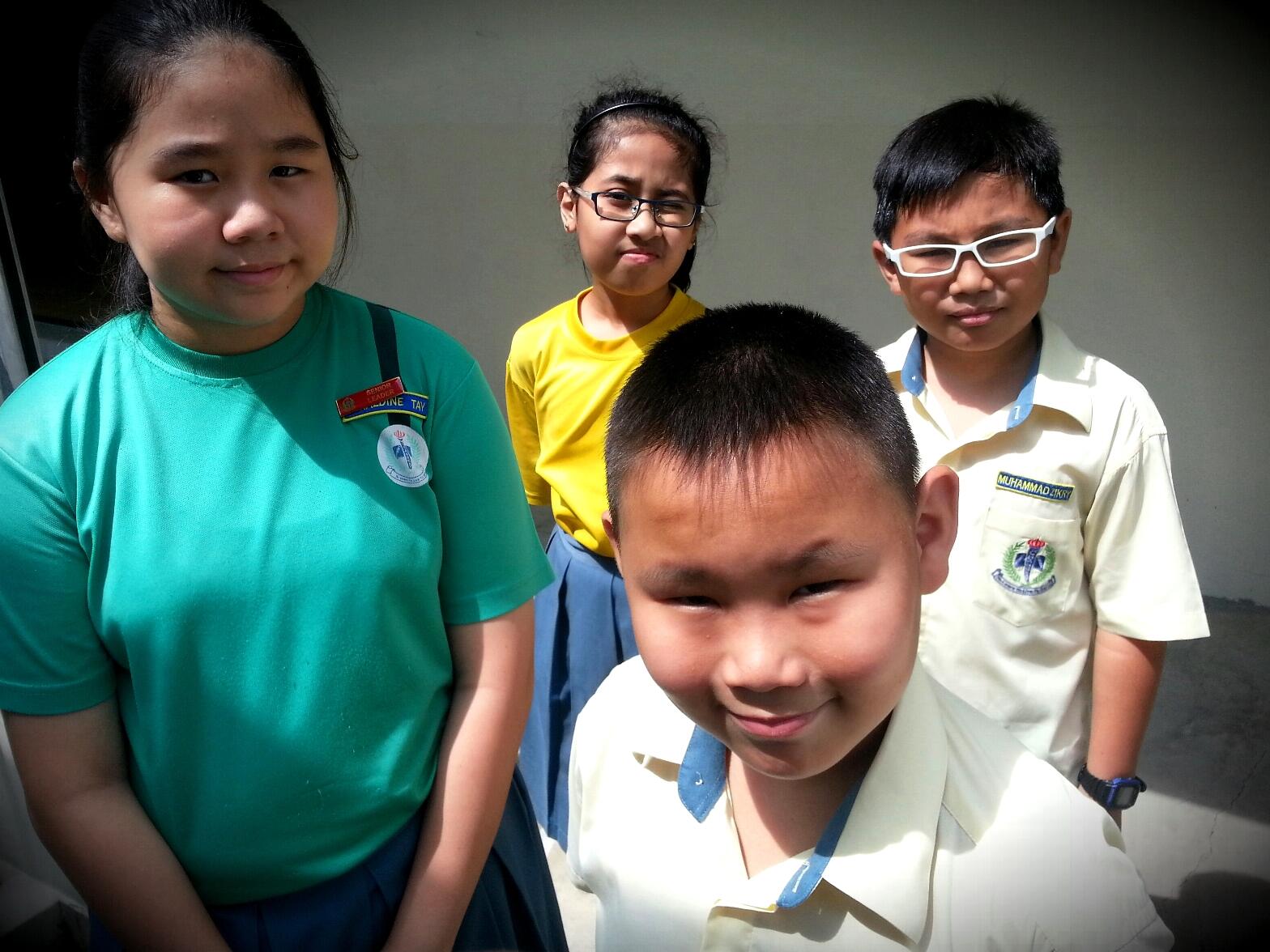
Mr Tong Kum Yuen, Allied Educator (Learning & Behavioural Support) at Changkat Primary School, shares with us his journey with Sam, a student with severe dyslexia.
Sam was in his blue Physical Education attire when he first walked into my classroom. There was a worried look of apprehension on his face when he approached me. I am, after all, a large burly man with craggy facial features. That very day in May 2010, Sam became my first student.
Prior to working with Sam, I sat in his classroom several times to observe his learning behaviour. I noticed that he painstakingly wrote his name, not without making constant reference to a piece of paper that had his name imprinted on it. He used little functional language and often relied on gestures to indicate his needs. It was heart-rending to witness his struggle. Sam had severe dyslexia. At Primary Three, he could only read words with, at most, three letters.
I knew then that I had to coach him from a very fundamental level, equipping him with the basics and concrete before advancing to the abstract and complex. As Sam had little interest in his studies (understandably so as he had experienced little success in learning), I decided to enliven the lessons, making learning fun, interactive and meaningful.
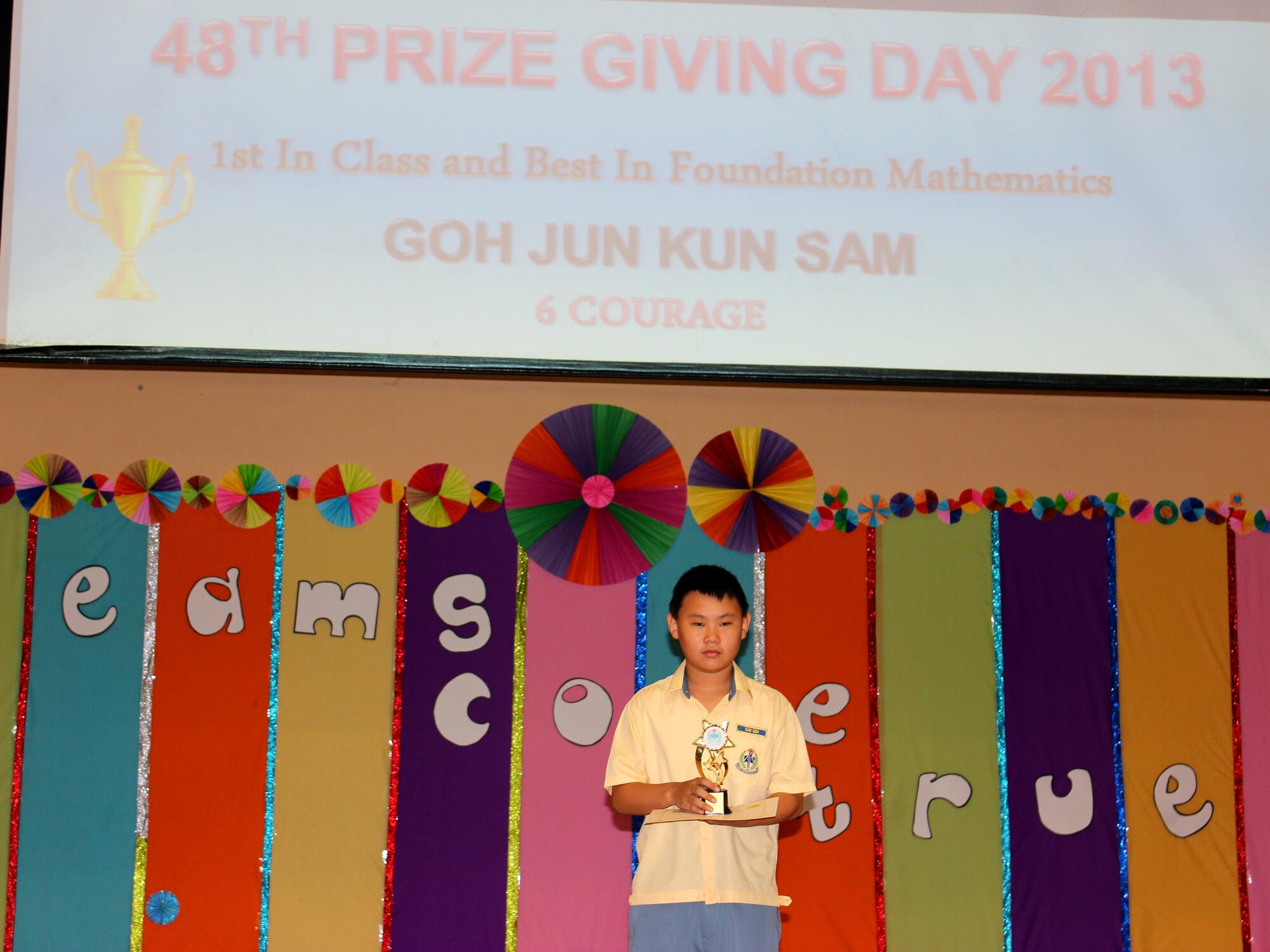 For instance, in addressing dyslexic symptoms like letter inversions and reversals, I had Sam use modelling clay to form letters. The use of toys and tools fuelled his creativity and the enjoyment of interactivity spurred him further. I made a conscious effort to find out what appealed to him. In the course of constructing lesson materials to arouse and sustain his interest, I also found myself taking a keen interest in understanding his family background and engaging his family. This led me to tailor a 3-year Individual Education Plan with the focus on mastery of Phonology for Sam.
For instance, in addressing dyslexic symptoms like letter inversions and reversals, I had Sam use modelling clay to form letters. The use of toys and tools fuelled his creativity and the enjoyment of interactivity spurred him further. I made a conscious effort to find out what appealed to him. In the course of constructing lesson materials to arouse and sustain his interest, I also found myself taking a keen interest in understanding his family background and engaging his family. This led me to tailor a 3-year Individual Education Plan with the focus on mastery of Phonology for Sam.
Sam had also been constantly helped and encouraged by a group of dedicated and experienced teacher. Mrs Rachel Ho, Ms Ha Siok Ting, Mdm Siti Hajar, Mrs Veronica Png and Mr Ronnie Phua remained unfaltering in their efforts despite Sam’s frustrations in his early years of learning. They worked closely with one another to cater to his learning needs and often engaged him in conversations to critically stimulate his intrinsic motivation.
For special needs learners like Sam, helping them to visualise the end in mind is necessary. It is important to communicate long-term objectives with the learner as students with dyslexia have a tendency to give up easily. Hence, there was a constant effort to remind Sam that it would require both time and effort to see improvements and to never give up. Celebrating incremental progress and small successes also helped to reinforce certain positive behaviours. Over a short span of three years, Sam has grown and gained confidence as a person.
Together with the efforts of teachers who cared deeply for him, Sam eventually progressed to be the top scorer for Foundation Mathematics in the school examinations and passed Foundation English for the first time at the Primary School Leaving Examination in 2013.
To encourage Sam and Mr Tong, leave your comment below!

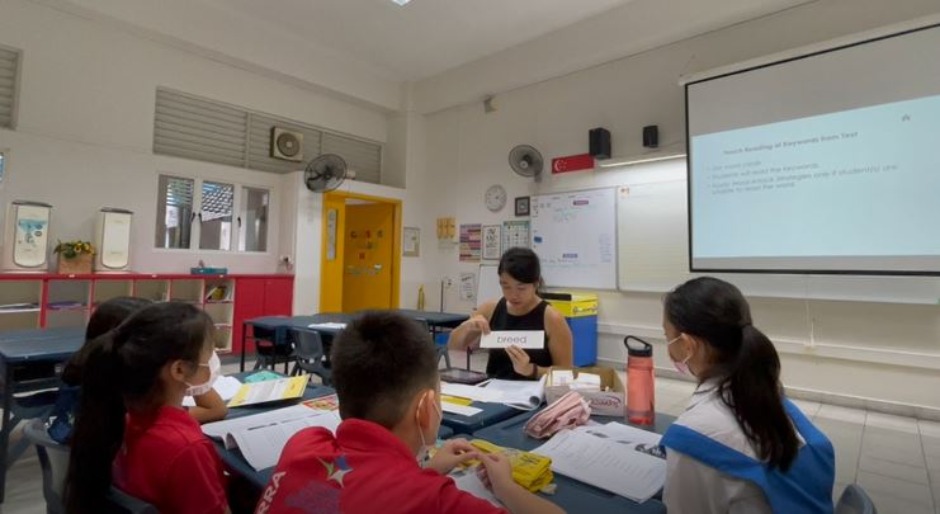
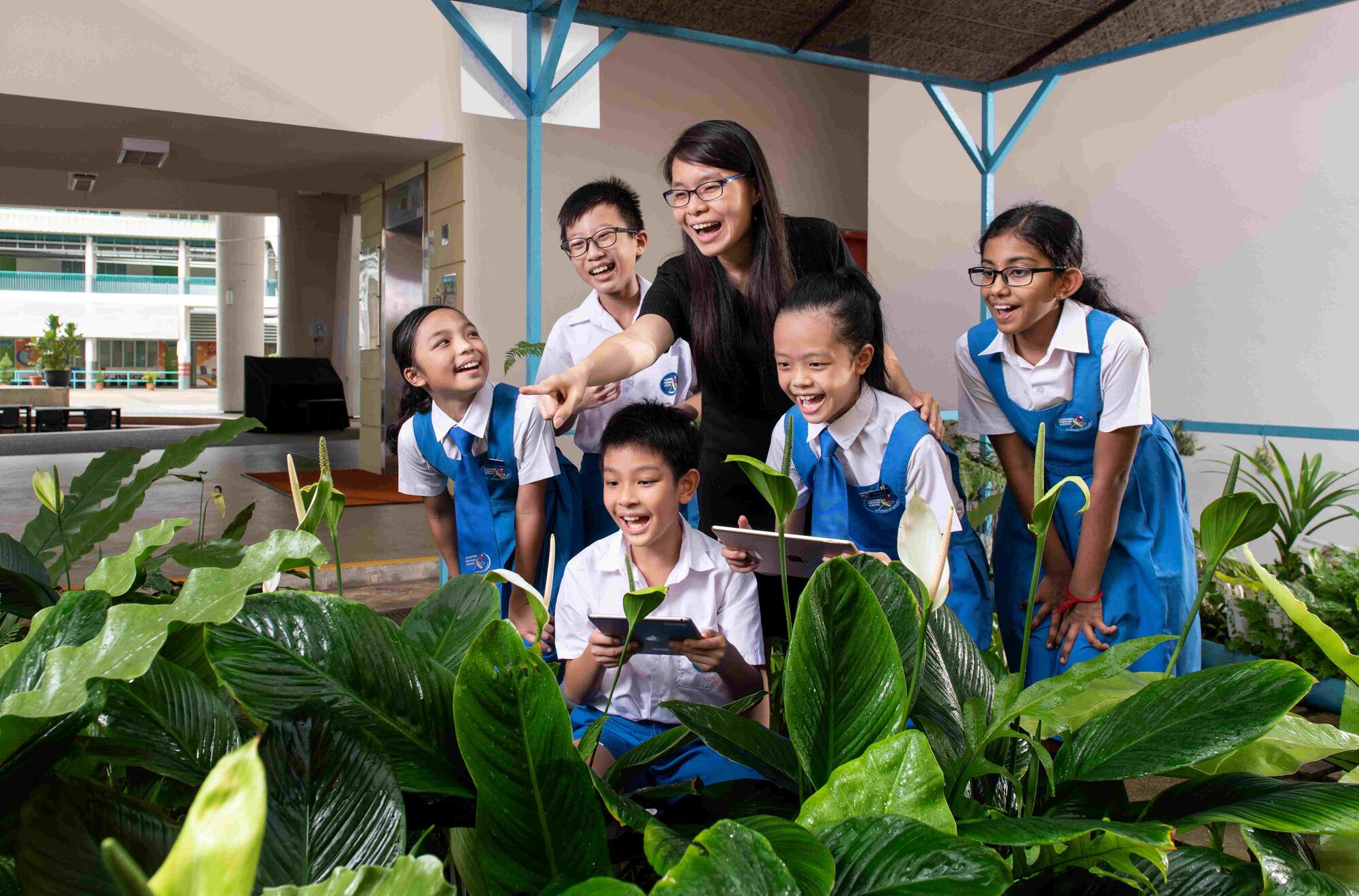
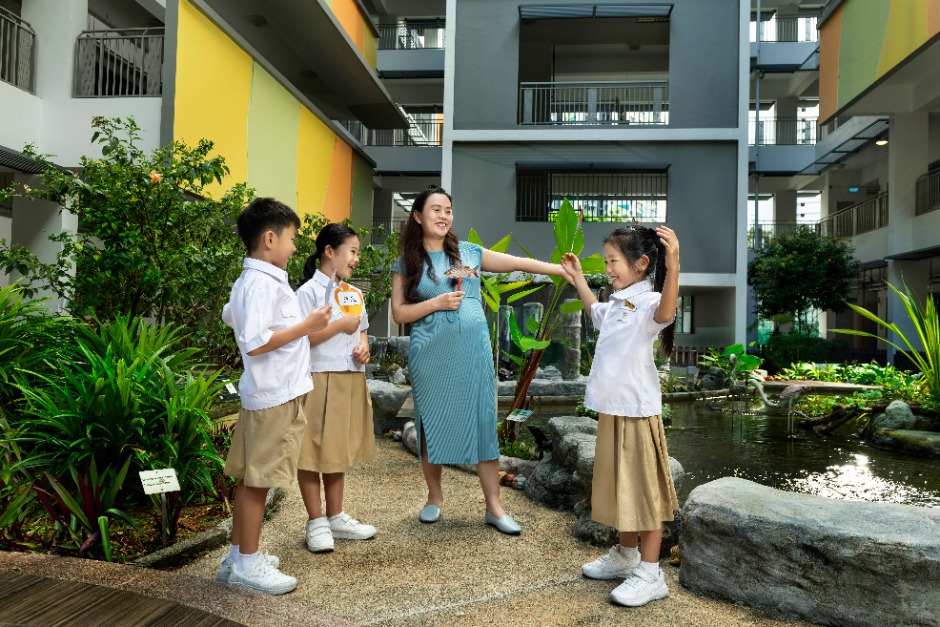
.jpg)
